The Most Important SaaS Metrics You Should Follow

Creating a successful SaaS company has its challenges, including changing your software delivery model to the web. There are many thoughtful decisions to be made, that need to be backed up by marketing, sales, and customer success operations data.
At present numerous companies have been transforming their businesses into SaaS companies, which has saturated the market. Thus to be at the top of this market requires keeping ahead of the rapidly increasing competition.
For this reason, it’s necessary to examine the key measurable SaaS metrics and to understand their meaning and importance.
Learn below more about this topic in this article created by our team at TMS.
Why Is Data So Important for SaaS Businesses?
The SaaS economic model is unique, in that with the help of SaaS software, all you need is an account and you can commence.
You might not need to download any software, because most SaaS software is web-based, you can access them easily with only your browser and without add-ons.
The contemporary SaaS business model relies on relatively small regular revenue streams, generated via individual sales, which is why SaaS can experience marketing and sales challenges.SaaS companies are heavily dependent on future revenue, and therefore it’s important to retain client, because income is spread evenly across a large period of time. Learning how to correctly utilize this method can contribute to a very successful business.
The key metrics all revolve around generating future growth. and are important for all SaaS business owners to understand. Mastering metrics such as customer lifetime value, customer acquisition costs, and churn rates can give you a major advantage against the competition.
The 14 Most Significant SaaS Metrics and KPIs
Unique Visitors Per Month
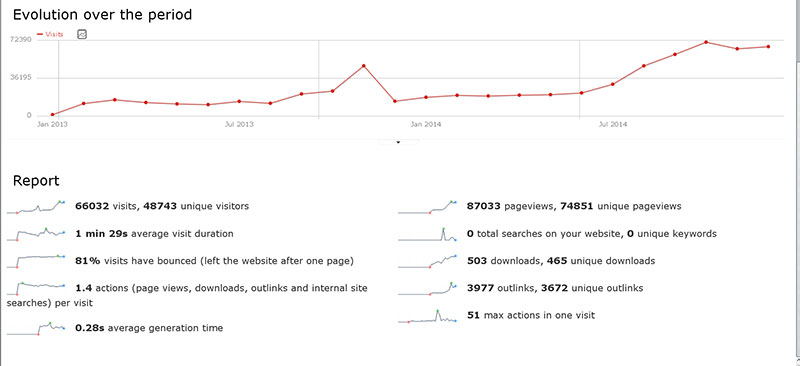
The metric of monthly unique visitors is the total amount of individual visits your website gets monthly. Thus if someone visits your site on multiple occasions, they will be only considered as one individual visitor.
On the other hand, if the same visitor uses a different device or a different browser, they will be counted as another unique visit. This also if the user decides to clear their cookies in between each visit to your site.
This metric is really helpful, as it shows how much traffic your website receives monthly. Every company needs unique visitors to gain an improved reputation and traction. Generally, a better reputation and more traffic lead to increased sales. So if you want to really expand your business, you’ll need to gain an increasing number of unique visitors every month.
Explaining the Conversion Rate
The conversion rate is an essential SaaS business metric. It refers to the number of visitors who come to your website and actually buys your product/service.
The conversion rate is really simple to measure. For example, if your business gets 500 visitors every day, and 5 of these users convert, your conversion rate will be 1%. Knowing your conversion rate is crucial, as it allows you to improve your orders, based on user data, as well as keeping track of your website’s performance. Knowing the number of users who buy your product, enables you to decide whether more optimization is required, or if you need to do additional research on the way that the buyers use your product.
Going over Monthly Recurring Revenue
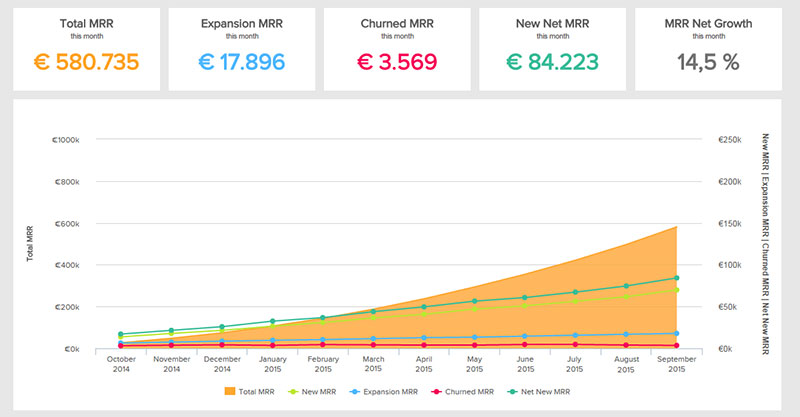
SaaS business investment is done upfront, so your product needs to be fully functional before you can start attracting customers. This means that you will need to make more significant initial investments. The SaaS business plan also does not allow upfront payment by your customers. Instead, you’ll be receiving small amounts from monthly subscriptions, so you’ll have to change your financial model.
These subscriptions will eventually provide you with consistent monthly revenue. However, you will have to survive long enough to make it to that stage. However, this model does have many advantages.
The Monthly Recurring Revenue (MRR) allows every SaaS company to concentrate on the present, rather than on the future. Likewise, this is the metric that enables you to track your company’s momentum as it continues to grow. As a result, by tracking your company’s MRR, you can encourage your management team to focus on the present and immediate goals.
We can help you turn your idea into reality, take over your existing project, or extend your current development team.
Schedule a free consultation at hello@tms-outsource.com, or fill out the form and we will follow up with you shortly.
Customer Churn
The customer churn rate calculates how many customers you’ve lost within a given period of time. This is a truly important SaaS metric, that you should be tracking on a daily basis, as it can help you prevent the failure of your business.
The customer churn rate gives you an idea of the number of customers that continue to buy your product or services, and you can track customer retention within a certain time period.
If your SaaS company has a high customer churn rate (which is usually any double-digit number), then it’s a warning signal that you need to re-evaluate your product. You can conduct a few surveys so that the customers can inform you of any possible complaints. Fixing your product is paramount because you don’t want to spend a great deal of money on marketing if you can’t retain your customers.
The Importance of Revenue Churn
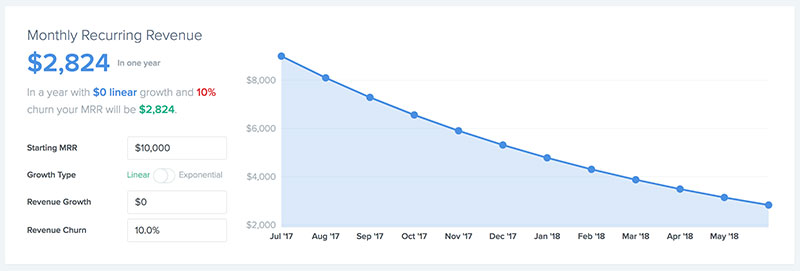
The Revenue Churn is a metric to help you understand how much profit your SaaS business has lost during a certain period of time, usually caused by discontinued subscriptions. Knowing the revenue churn enables you to make certain management decisions along with your team. Of course, the aim is to reduce the churn and increase the revenue.
This churn indicator is even more helpful than the customer churn because the revenue churn is much more accurate. For example, if your SaaS company offers different prices depending on the number of subscriptions your customer buys, the customer churn is inaccurate.
For example, if one customer generates more profit than others, and that customer decides to stop buying your product, the revenue churn rate will change immensely, whereas the customer churn changes little.
Predicting Churn: Customer Engagement Score
If you could predict which customers will stop doing business with you, then your support team could step in to help them and make sure that they continue as customers.
To predict a churn, you should track your website or app to check if users are making use of the key features of your product.
Ideally, you’ll have different scores depending on the feature. If you have a social media platform you should consider different levels of engagement. For example, you could consider someone uploading a picture to be far more engaged than someone who’s simply logging in. The more engaged a user is, the less likely they are to stop using your app or website, which is important for continued revenue.
So, if you sold your SaaS product to 1000 people, and one hundred of them are using it, then your customer engagement score would be low. If 900 of them are actively using it, obviously your score would be much higher, and that can predict much information about your subscriptions.
Unraveling Average Revenue Per Account (ARPA)
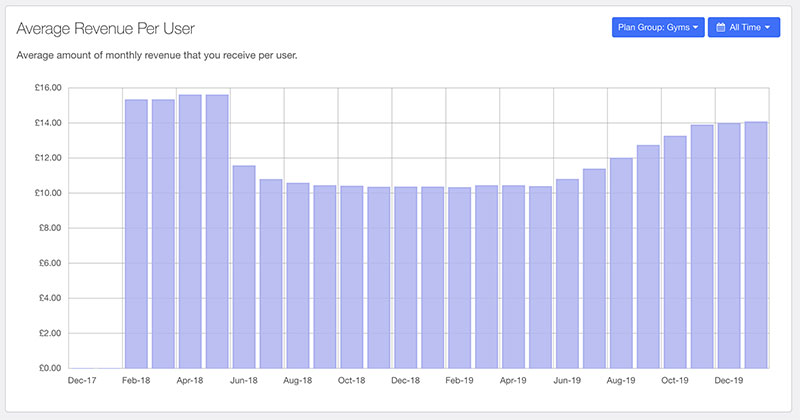
This SaaS metric is the average amount of money that you receive from each customer. The Average Revenue Per Account (ARPA) is the amount of profit you get from each account. It’s usually calculated every month or every year. It is sometimes called Average Revenue Per User (ARPU) or Average Revenue Per Customer (ARPC).
Customer Lifetime Value (CLV)
The Customer Lifetime Value (CLV) metric is the average sum of money that is paid by your customers. This metric provides you with a fairly accurate idea of your company’s growth.
There are a few different formulas that you can use to calculate the CLV. You could use the amount of money you spent to acquire the customer and possibly add in the service you provided for each customer as well as the profit margins. Your finance team will be able to help you keep track of these calculations.
If you’re new to this metric it’s best to focus on the simple details. As a SaaS company owner, you should gather your average subscription length and multiply it by your average monthly revenue per customer (ARPC).
It would be ideal to include the support and acquisition costs, to check if the customer brings in any long-term profits, although this might be overwhelming, so, you should use a simpler version at first, and move on as you grow.
Lead Velocity Rate
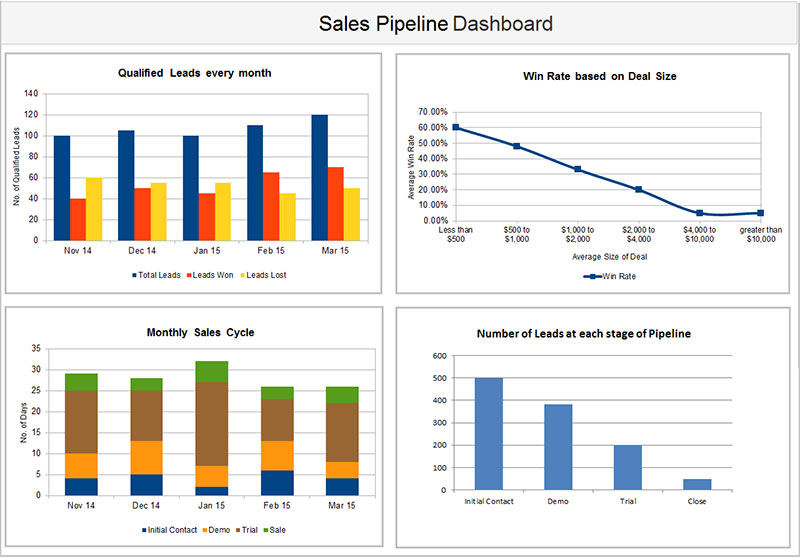
The Lead Velocity Rate is another crucial metric for your SaaS business. This measurement is especially important for startups. Your Lead Velocity Rate tells you the number of successful leads on a monthly basis, which is used to measure your pipeline development. In other words, it is the number of potential customers that you’re trying to convert into actual customers.
This metric is done in real-time, which is particularly helpful, as it allows you to predict your potential profits and overall growth. It is also more important than the monthly revenue growth because focusing on your LVR goal helps you make long-term calculations and potentially achieve great results
Activation Rate – An Essential Saas Metric
The Activation Rate is probably the most important SaaS metric of them all. The activation is the moment that your customer acquires the true value of your product, and it demonstrates the efficiency of your customer acquisition, which gives you a clear idea of the productivity of your spending.
The moment of activation is different for each product. To find that exact point, you will need to check a great deal of analytics on users’ behavior while using the app or website. However, When you do find the point of activation, you can take advantage of it to beat the competition.
As a general rule, higher activation rates mean better efficiency, and the greater likelihood of users continuing to use your product, as well as providing you with an estimated revenue.
Knowing Customer Acquisition Cost (CAC)
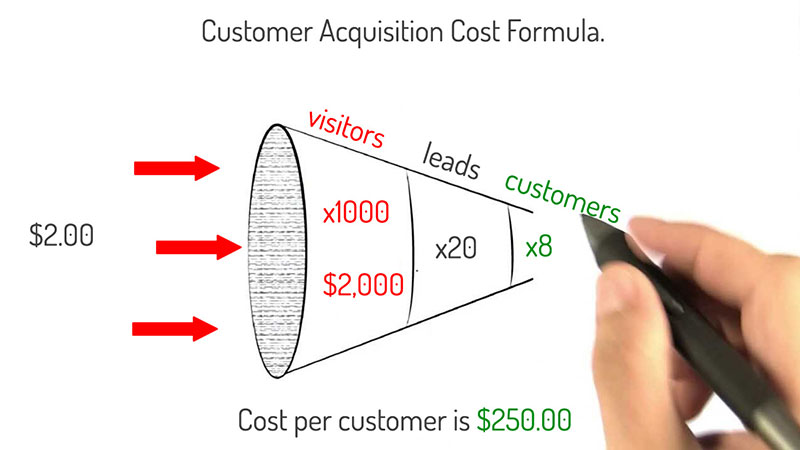
The CAC is the amount of money that you’ll spend on converting a visitor into a paying customer and is one of the highest costs of running a successful SaaS company..
Marketing is really expensive, especially if you make a bad marketing choice and slowly witness the profits becoming losses. CAC shows you how much it costs to bring in new paying users, and how much money they will bring to your business.
Using CAC along with CLV (Customer Lifetime Value) can be extremely helpful, enabling you to guarantee your business model stays viable.
Using the Net Promoter Score (NPS)
Most of the aforementioned metrics are financial. However, the NPS allows you to get an idea of the value that your users receive from your product. It is also known as User Satisfaction.
The NPS is a simple number, so you can easily compare your business with the competition. Using the NPS can help any SaaS company find out what the customers really think, so if necessary you can improve your product.
Going over Cash Burn Rate
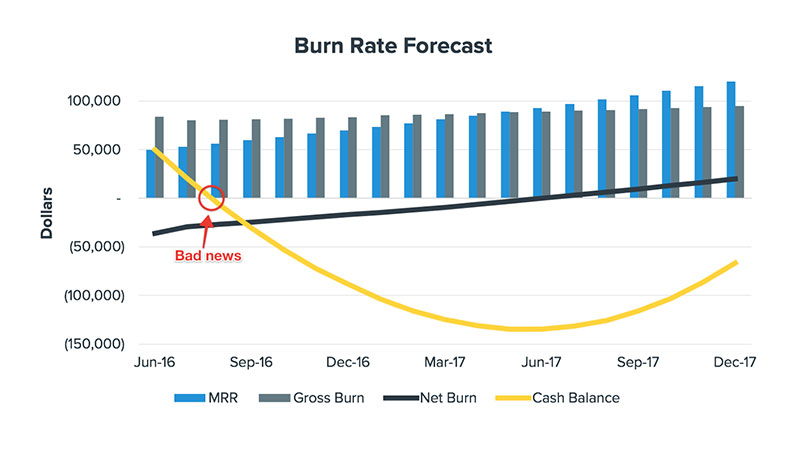
The Cash Burn Rate is a metric useful for gauging the amount of money that your company uses to keep itself afloat. It reveals the speed and efficiency of your cash flow, as well as how much more capital might be needed to continue operations.
As a whole, the CBR shows how much cash you are using in a given period of time. This is essential for calculating the cost of your business’s overhead and operations. The “cash burn” is affected by factors such as the location of your business, or your market ideology (sales-led VS product-led).
Keeping an Eye on Cash Reserve
Of all the KPIs, the cash reserve is the most straightforward measure. It is the total amount of money that a SaaS business has in reserve at any given time.
A SaaS company needs a large initial investment and resources to create a great product. So, the founders of any SaaS company should always avoid overspending, otherwise, survival will be difficult in the current market.
Using SaaS Metrics to Make Better Growth Decisions
There are two really important factors when running a SaaS business:
- Acquiring paying customers
- Retaining their custom
So with this acquired understanding of the metrics, it’s important to start using them. As a CEO, you also need to know when it’s time to take new action or when it’s time to continue with the current methods.
All the above-mentioned information should help you understand when is the right time to act, and when a certain business route is inadvisable.
Ending thoughts on these important SaaS metrics
If you want to have a successful SaaS company, you simply need to follow a certain formula. The SaaS industry is all about making a good product and finding customers who are willing to return to it regularly and pay each time.
There are many other SaaS metrics to help you measure your progress and success, but the crucial ones are those listed above, and they will no doubt help you with your own business. You can apply such metrics in all kinds of industries, and remember to set out benchmarks for yourself to keep striving towards success.
Looking for a development partner?
If you’re looking for a technology partner, development team augmentation, or just a company for your software&app development initiatives, consider TMS.
TMS is a software and digital company in Belgrade, Serbia. We develop innovative and modern software.
A few examples include premium booking software Trafft, MedTech apps like MR Prepare, or MarTech/AdTech apps like the Advise Media Suite, among other great software examples.
Check out our services and also some of the work we’ve done for our clients. Who knows, maybe we’ll form a successful relationship.
Schedule a free consultation at hello@tms-outsource.com, or fill out the form and we will follow up with you shortly.
If you enjoyed reading this article on SaaS metrics, you should check out this one about SaaS development.
We also wrote about a few related subjects like SaaS pricing models, SaaS vs PaaS, SaaS startups and go to market strategy.

